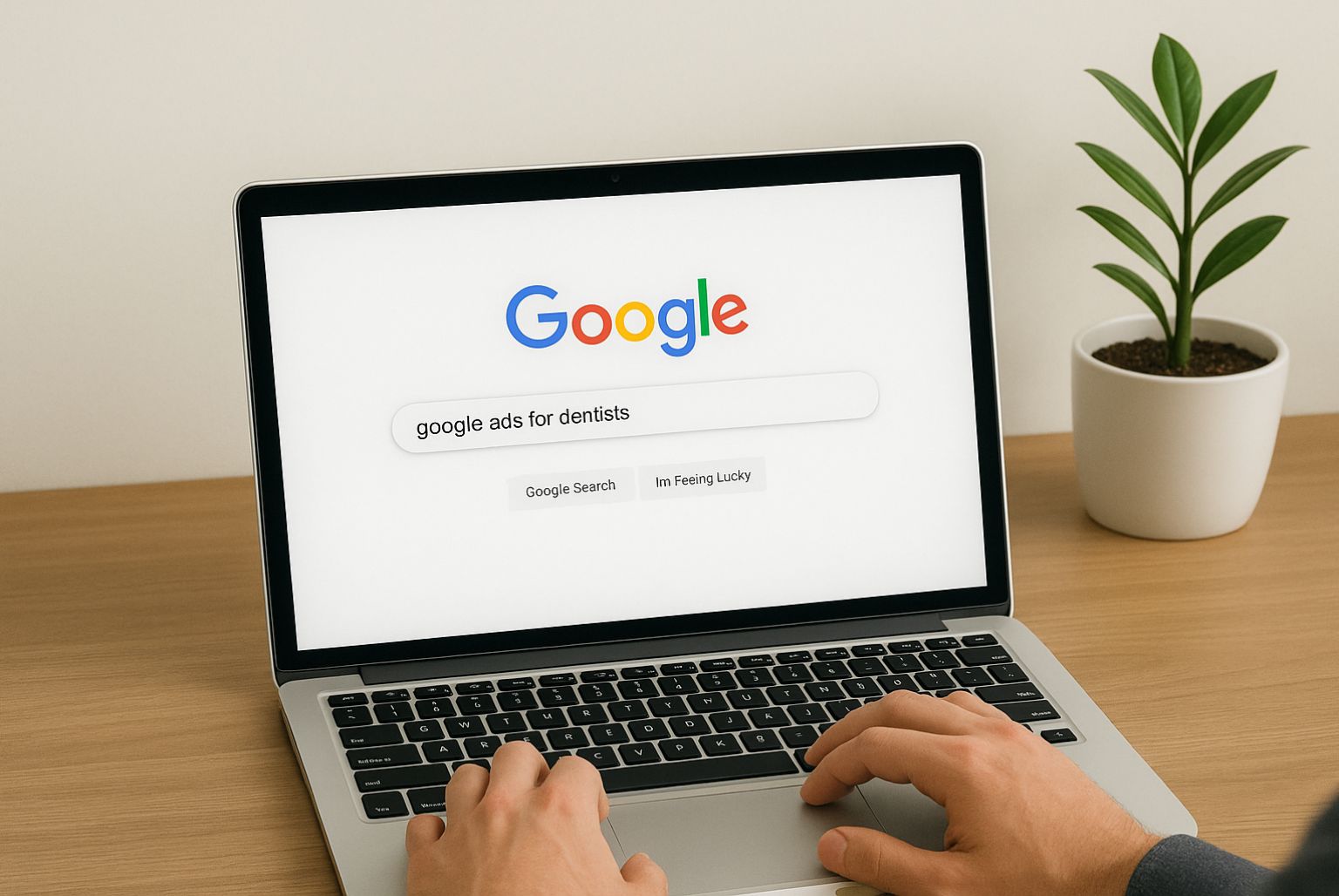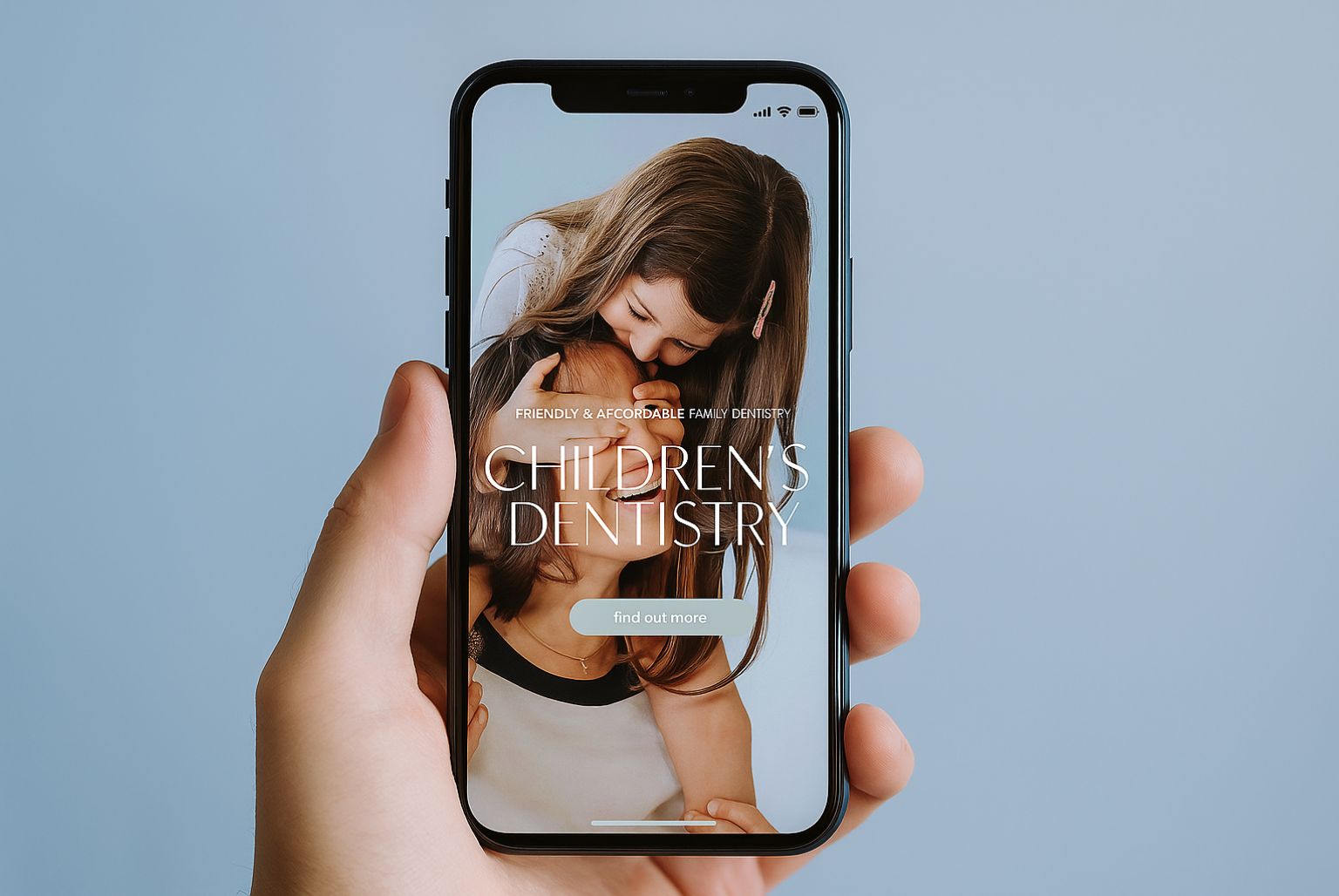Sadly, the pandemic is still making waves around the world – but savvy businesses will weather the storm by seeking unique business opportunities to grow their business in 2021 and beyond.
In this post, our experts have put together some top-line, top tips to help you achieve real, measurable growth in 2021 – even with covid-19 on our hands. From website tricks to embracing video, we can help you achieve success in the long-term.
Be a goal-getter
You can’t expect to grow as a business without a strategy in place. Thinking about the gains you want to make in the year ahead can give you structure and direction while ensuring you stay relevant to your clients.
It’s always helpful to list these goals first (such as increasing followers or bookings) before thinking about which steps you need to take to achieve them (such as increasing your post rate, creating tailored treatment packages, or sharing a limited-time offer).
Overhaul your website
Even if you’re not looking to build a new site from scratch, it’s possible your current one could be working harder. However, it’s worth bearing in mind that those in the industry generally redesign and build a new website at least every 2 years.
There are lots of facets to your website that can (and should) be considered in your overhaul. Some of them include:
- The accuracy of your information – accuracy builds trust with your clients and can help ensure repeat business. However, if your information isn’t up-to-date or relevant, it could be misleading, or off-putting to your clients, leading to a dip in returning traffic or fewer bookings made for your treatments. Have you increased your prices? Are you offering any new treatments? Have any staff members left? Look through your webpages and list any necessary information updates you need to make.
- Your website’s download speed – almost half of visitors expect a website to load in under 2 seconds [1]. There are lots of ways to boost the speed of your website, from reducing image size to incorporating a pre-loader (a ‘holding’ graphic that keeps interest while other elements of the page load). In addition, Google takes load speed into account when it ranks webpages on its search engine results pages, which means you could be penalised for having a slow-loading site.
- Optimising your website for mobile – mobile traffic accounts for around half of all traffic worldwide [2], so your site needs to perform just as well on a device as it does on a desktop. There are two key ways to do this. The first is through responsive design, which automatically optimises your website’s layout according to screen size or devices, and makes it easier for your clients to access the treatment information they need and to book accordingly. The second is through integration techniques, such as incorporating a ‘call’ button on your website which mobile users can click to ring your practice seamlessly.
- Incorporating an SEO strategy – not only does SEO make your website more relevant to visitors, it makes it easier for them to find. And, when your website climbs the rankings on search engine results pages, you’re also helping to build trust between your business and potential clients. Optimising your SEO for your target audience makes them more likely to convert to bookings and skincare sales – and half of all web traffic comes from organic search [3]. Some simple ways to employ good SEO practises on your website include creating keyword-rich content (such as on your blog or specific treatment pages), avoiding duplicating any content, and ensuring you make use of everything from page titles to alternative text on images.
Focus on print
Even with many businesses prioritising digital marketing above other channels, print materials are still useful and attractive to clients, especially in an in-clinic setting (think treatment menus, business cards and aftercare instructions).
Clients appreciate take-home pieces that they can refer back to at a later date, and serve as a physical reminder of their visit. There are also other opportunities to convey relevant information to your clients when they’re not online – for instance, a business card that provides booking details. These could even be passed on to others who may not otherwise seek out your services.
As we’ve mentioned, accuracy should be your guiding star, and there should be absolute synergy between your website and print materials (from your logo and colour palette, to your tone of voice, and right down to the finer details, such as price).
Embrace video & the online world
Fuelled by covid-19, the trend of online consultations has continued [4], and these will carry on being important to your clients – especially with restrictions changing seemingly on a monthly basis. As well as these, there are other things you can bring into your digital marketing strategy that help connect with your clients and raise your business profile, while turning a profit. For example, you could create and share relevant wellness content on social media; incorporate a theme of wellness into your latest treatment package; or highlight how an existing treatment may benefit your clients’ wellbeing.
Take note of the data
Businesses have more data than ever at their disposal, which means you know exactly which products and treatment past clients have used and what they might be looking for next, and can offer something accordingly. In the case of new website visitors, using an online treatment assessment tool can encourage sign-up to your email newsletters while giving tailored recommendations – and all while collecting valuable data.
And finally…
Any digital marketing strategy worth its salt considers all relevant channels, including website, social and email. If you’re interested in developing a digital marketing strategy for your business, get in touch with our experts today.




